Reduced performance
Keep ahead of the threat
Stay up to date with the latest mycotoxin information by signing up to our newsletter

The mycotoxin threat to aquaculture
Aquaculture is the fastest-growing food production industry in the world, and by 2030 it is expected to provide 60% of the fish available for human consumption. Sustainability concerns and the need to replace or partially replace fish meal mean plant based protein alternatives are becoming more common in aquaculture diets. However, as research continually shows, plant-based ingredients are often contaminated with mycotoxins, increasing the health risks to fish (Lei et al., 2020).
Plant-based ingredients in commercial fish diets include corn, soybean meal and various cereal grains, each representing a potential source of mycotoxins (Yiannikouris and Jouany 2002; Binder 2006). Mycotoxin-contaminated fish feed is a widespread problem, especially in tropical regions and developing countries where the farmers often make fish feeds themselves under inappropriate conditions with improper milling and/or storage (Tacon 1992; Santacroce et al., 2008; Anater et al., 2016). In addition to their impact on fish health, some mycotoxins can also accumulate in fish tissue, thereby posing a possible food safety risk.
Certain fish species are more susceptible to mycotoxicoses than others with rainbow trout generally being one of the most sensitive to the effects of mycotoxins. Shrimp are also often more sensitive to toxicity of mycotoxins than other species. On the other hand, catfish are typically considered to be a more resistant fish species to the negative impacts of mycotoxins.
How do mycotoxins affect aquaculture
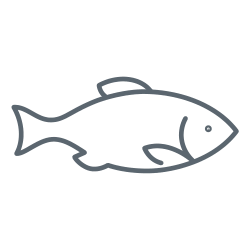
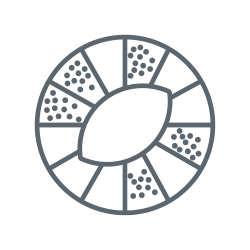
Compromised fertility
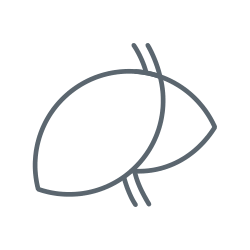
Damage to internal organs

Suppressed immune system
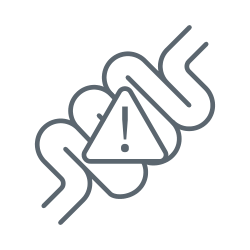
Poor gut health
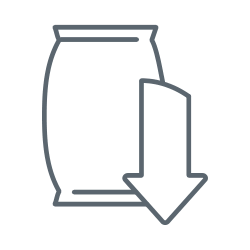
Reduced feed intake
Aquaculture is the fastest-growing food production industry in the world, and by 2030 it is expected to provide 60% of the fish available for human consumption (FAO, 2018).
Several factors influence the symptoms of mycotoxicosis in fish:
- Type of mycotoxins consumed, intake level and duration of exposure
- Animal species, sex, breed, age, general health and immune status
- Farm management: hygiene, temperature, production density
- Possible synergism between mycotoxins simultaneously present in feeds
Did you know?
Like other vertebrates, fish are more sensitive to mycotoxins when multiple forms are present in the feed. A mycotoxin may be present at a ‘safe’ level in isolation, but when combined with another mycotoxin (also at a ‘safe’ level on its own) both can act synergistically to produce a more significant toxic effect in the fish.







